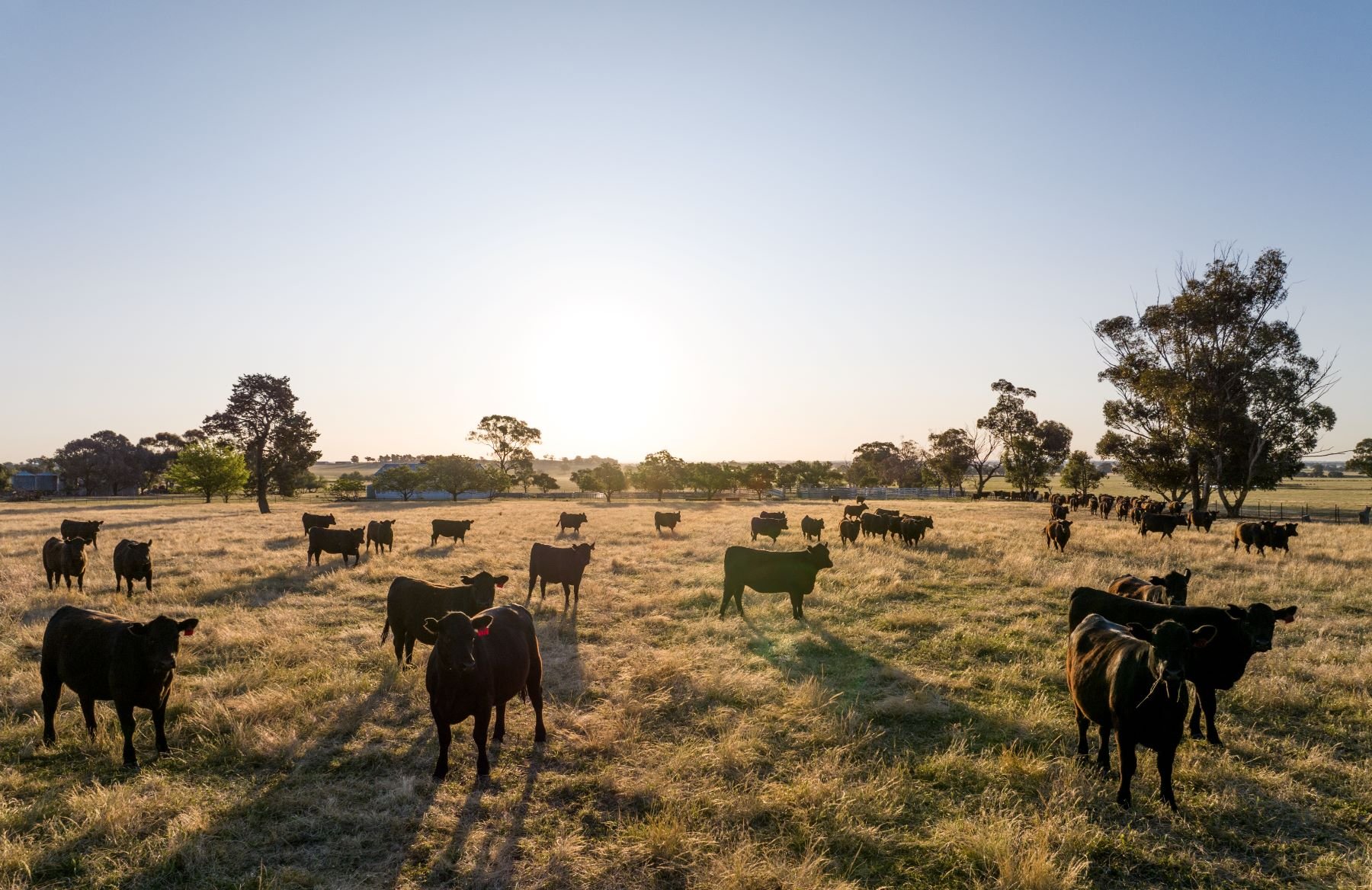The Australian Beef Market in 2025: An Absolute Cracker
In this column in July, the StoneX H2 2025 Australian Cattle & Beef Market Outlook’s bold calls were analysed and assessed for what the final 6...

Better-than-expected seasonal conditions and lower input costs will set up the agricultural sector for a strong year, according to the most recent Agribusiness Outlook from Rabobank.
The livestock industry is leading the turnaround following the recent good rains, according to Rabobank General Manager Australia and New Zealand Stefan Vogel.
“For beef and sheep producers, the outlook for farm-grown feed in the first half of 2024 overall looks more promising, allowing them to hold on to more of their livestock and go to market with heavier weight lambs for example,” Mr Vogel said.
“We expect 2024, especially the first half of the year, to see higher beef and sheep prices compared with the second half of 2023.”
Mr Vogel was less optimistic about steep rises, finding that the higher slaughter numbers, and relatively soft global demand for beef would keep a dampener on prices, but he did expect that prices for young cattle would likely rise on a better seasonal outlook.
It was a similar picture for sheepmeat in 2024 in terms of slaughter rates, and he expected that the good seasonal outlook would lead to more price stability. The report was more optimistic on sheep exports, saying “demand into key export markets show promise”.
Wool, however, was expected to remain subdued, reliant on a growth in global retail, which was unlikely to be forthcoming.
Farm input costs down
Adding to producer confidence, the report found, was the reduction in farm input costs as global shocks including Covid shutdowns and the war in Ukraine came out of the system.
Rabobank forecasts that nitrogen fertiliser costs may decline by 10 to 20% and phosphate by 10 to 15% this year compared with 2023 prices.
“Farm input prices globally – for fertilisers and plant protection products – are forecast to be below last season,” he said.
“As Australia imports most of those products and continues to work through local inventories, we remain confident that costs on farm will look better than last year.
“Lower global prices should make their way through to be reflected in Australian inventory.”
The bank expected potash prices to decline even more than other fertilisers, while a “massive increase” in Chinese production capacity in the past three years had created a supply glut in agro-chemical prices.
Input costs to assist grain sector
The falls in farm inputs was good news for the cropping sector, even with expected downward price pressure for wheat and canola.
The bank is suggesting global supply shocks, and adverse weather effects will ease in the wheat sector, while global stocks of canola will also rise.
“Grain prices are likely to remain under pressure, as markets globally and locally battle with a supply outlook for 2024 that is more plentiful than in past years. For a significant 2024 price upside for grain, the world would need to see weather-related supply shortages arise,” Mr Vogel said.
Despite the increase for global supply, the lower input costs and rain outlook would be supportive of the sector.
“Grain farmers are set to plan more optimistically for the purchase of farm inputs and the upcoming planting period for winter crops like wheat, barley and canola,” he said, “especially in the growing areas outside Western Australia, which was the only region that hasn’t received much rain.”
Cotton was anticipated to be supported by lower global output with the bank looking to the second half of the year for an improvement in price.
Global factors at play
From a global standpoint, the bank pointed to three factors that would impact Australian agriculture; currency, shipping and global growth.
There was an expectation that rate cuts would come in the second half of the year, but the dollar would rally to 70 US cents over the next 12 months. Mr Vogel did not expect the rise in the dollar to be too restrictive on exports but instead would help make import costs cheaper.
The concerns over the conflict in the Middle East had so far not flowed through in a meaningful way to oil prices, which had remained “surprisingly subdued”, the bank anticipating oil prices would remain below $100 a barrel.
Spillover of Middle East tensions into shipping disruptions was a concern.
“The good news for now is that shipping costs are still not as high as in the record 2021 Covid-related shipping crisis,” Mr Vogel said.
“However, if the Red Sea Houthi attacks escalate further, Australia may once again struggle to find containers for export later in the year.”
Globally, the economy still had not fully rebounded, and while better than 2023, the outlook was still subdued. The doldrums in China were of particular concern.
“China’s economy is likely to remain slow, which isn’t the best set up for our exports to the region, as Chinese consumer demand will need more time to gear up into full swing,” Mr Vogel said.
.jpg)
In this column in July, the StoneX H2 2025 Australian Cattle & Beef Market Outlook’s bold calls were analysed and assessed for what the final 6...
.png)
Each December we save the last article of the year for a bit of a crystal ball gaze, as we try to bring together market fundamentals and work out...
.png)
Australia’s wool market posted another strong performance this week, with all micron categories attracting solid support across the three selling...